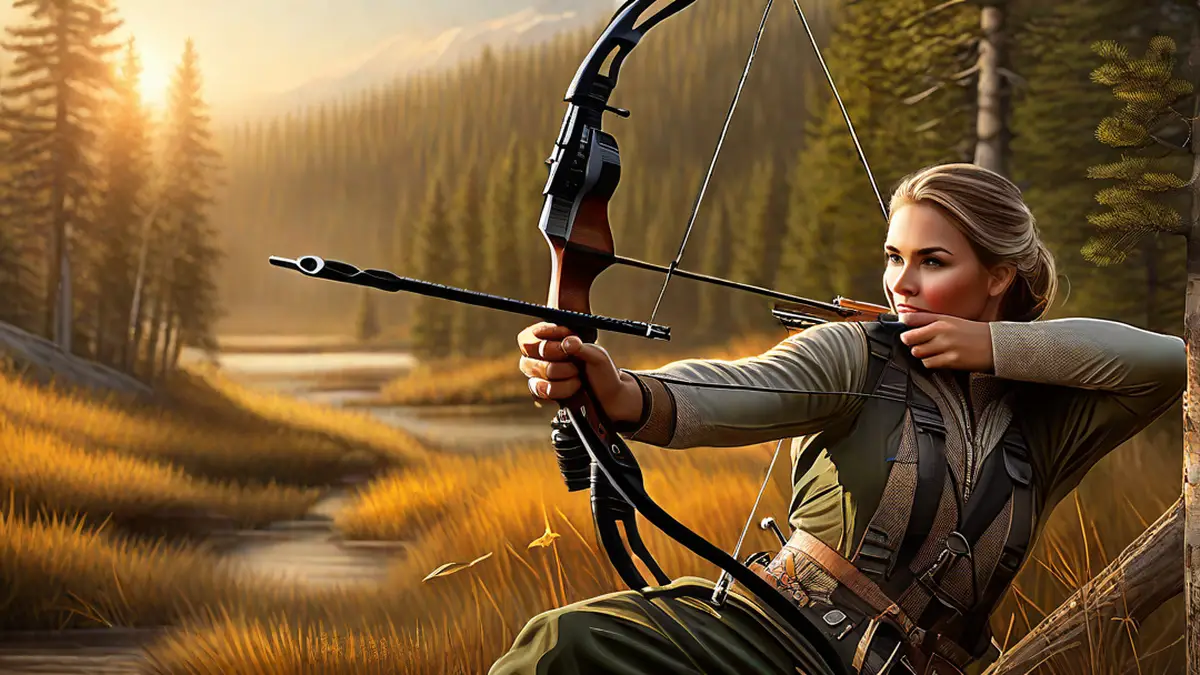When it comes to choosing a hunting bow, I can’t help but get excited. As an avid hunter myself, I understand the importance of finding the perfect bow that feels like an extension of your own arm. It’s a tool that can make or break a hunt, so choosing the right one is crucial. In this article, I’ll share my personal insights and guide you through the process of selecting the ideal hunting bow.
Step 1: Determine Your Purpose
Before diving into the world of hunting bows, it’s essential to identify your purpose. Are you a beginner looking to try bowhunting for the first time? Or are you an experienced hunter aiming to upgrade your equipment? Understanding your purpose will help narrow down your options.
For beginners, I recommend starting with a compound bow. They offer a balance of power, accuracy, and forgiveness, making them easier to handle and learn. However, if you’re an experienced hunter looking for a challenge or prefer a traditional feel, a recurve or longbow might be more suitable.
Step 2: Consider Draw Weight and Length
The draw weight and length are crucial factors to consider when choosing a hunting bow. The draw weight is the amount of force required to fully draw the bow, and it determines the power and speed of your shots. As a general rule, beginners should start with a lower draw weight, around 40-50 pounds, to develop proper form and technique. Experienced hunters can handle higher draw weights, typically ranging from 50-70 pounds.
The draw length is the distance from your bowstring hand at full draw to the back of the bow grip. Selecting the correct draw length is crucial for consistent and accurate shots. To determine your draw length, consult with a knowledgeable archery shop or use an online sizing chart. Remember, selecting the right draw length allows for comfortable shooting and maximizes your shooting potential.
Step 3: Test Multiple Bows
Once you have a general idea of the type of bow and draw weight you’re looking for, it’s time to get hands-on. Visiting an archery shop and testing multiple bows is an important step in the selection process. Each bow has a unique feel, and what may work for one person may not work for another.
When testing bows, pay attention to how it feels in your hand, the grip, and the overall balance. It’s crucial to find a bow that feels comfortable and natural to hold. Consider factors such as noise and vibration. A quiet and smooth bow will prevent game animals from being alerted to your presence, increasing your chances of a successful hunt.
Step 4: Budget and Accessories
As with any purchase, it’s important to consider your budget when selecting a hunting bow. Bows can range in price from a couple of hundred dollars to over a thousand dollars. Set a budget that aligns with your needs and prioritize the essential features you’re looking for.
Additionally, consider the accessories you may need. This could include arrows, broadheads, a sight, a stabilizer, and a release aid. These add-ons can enhance your shooting experience and improve accuracy, but they also add to the overall cost. Take these expenses into account when setting your budget.
Conclusion
Choosing a hunting bow is an exciting process that requires careful consideration. By determining your purpose, considering draw weight and length, testing multiple bows, and factoring in your budget and accessories, you’ll be on your way to finding the perfect hunting bow.
Remember, selecting a hunting bow is a personal decision. What works for one hunter may not work for another. Take the time to explore different options, seek advice from knowledgeable professionals, and trust your instincts. Happy hunting!
